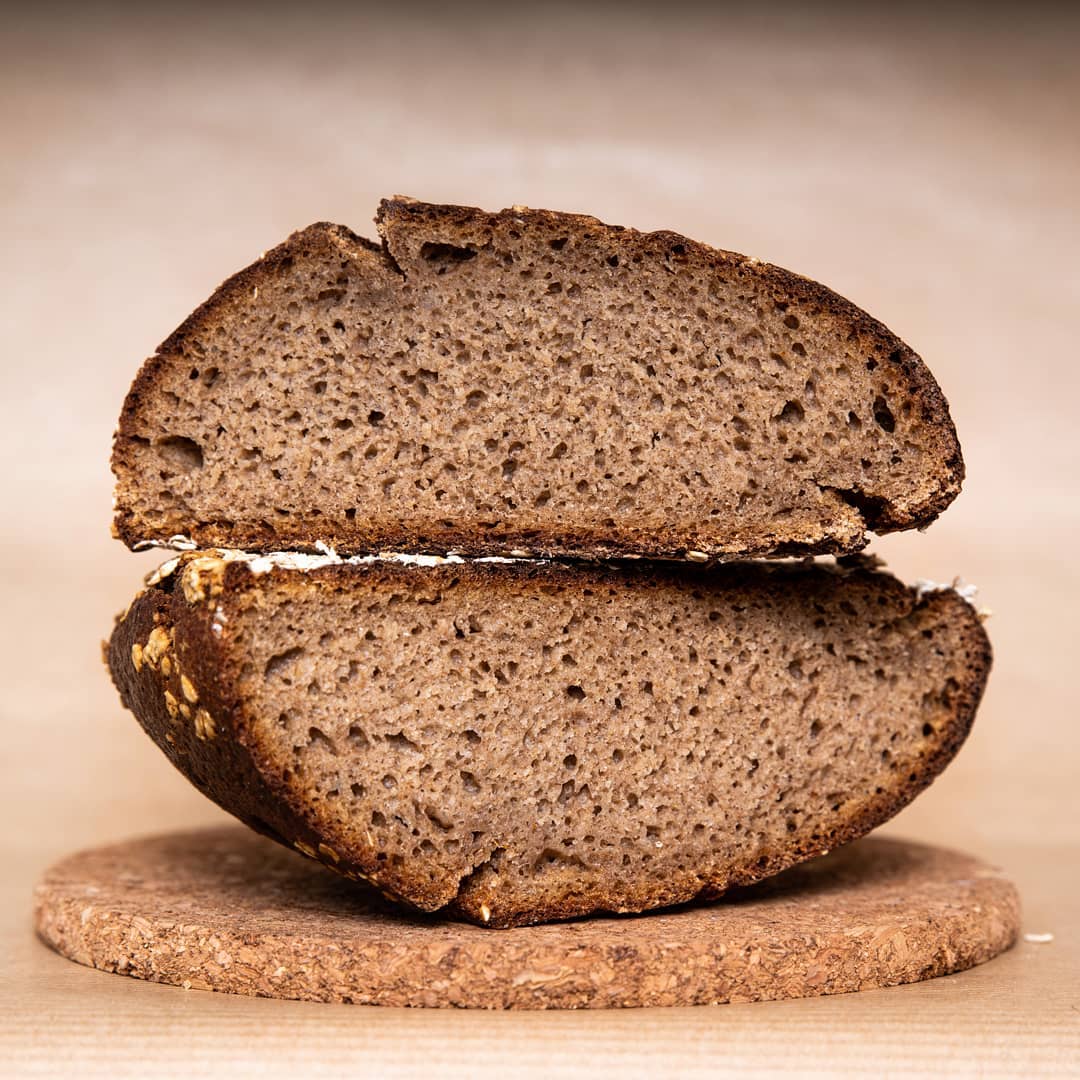This is what every book promised me over the years, and I have never seen anything amazing happen ever. It goes from not very uniform to uniform, but that’s all.
After years, I found out about giving the dough a bit of folding, or balling it up, or whatever is fitting, and now it doesn’t take forever, doesn’t stick to my hands, and seems at least as good.
Have you seen anything wondrous happen from lengthy hand kneading?
My understanding was always that kneading/folding/rolling/etc. was done to homogenize the dough mixture to form an even crumb, and to align gluten chains to increase the elasticity of the dough and allow it to retain more of the gasses during the proofing process.
Whatever method you use doesn’t really matter, and the time isn’t as important as the consistency reached. Getting the dough to the point where it can form a stable loaf without being floppy uneven is the goal.
You can OVER knead dough, though doing that by hand is difficult unless your hands are used to doing a lot of work like that. Typically over-kneading happens in kneading machines that are run too long, and the end result is bread with a thick, hard crust and a dense, dry, crumbly crumb.
I’d heard that kneading “activates the gluten”, but tbh chemistry was never my strong suit so I have no idea what that means in the real world. I suspect kneading time relates to the level of activation or resulting gluten level, or perhaps even the speed at which the activation occurs. I couldn’t even tell you what gluten does in terms of flavour or chewiness or whatever.
I’ve just never found the right eli5 for me about it. Perhaps split a batch, knead one half and do a comparison taste test?
Chemically, gluten does not exist in flour. It is a composite material which is made of flour proteins and water. It also requires energy to form. Usually warm dough temperature gives enough energy for gluten to form, but the process is very slow. When you’re kneading, you’re adding a lot of mechanical energy and that speeds up the process.
I realize it’s chiefly supposed to be gliadin and glutenin.
It seems to me that any temperature change from hand kneading must be quite modest because I’ve never perceived it.
It’s not temperature from hands, it’s mechanical energy you’re adding through kneading.
Fantastic explanation. Thank you.
Kneading time depends on hydration. For a 50% hydration dough you need just a few minutes. For 65% hydration you need about 5-10 minutes. But a lot of people these days make even higher hydration doughs and kneading time can easily be 40 minutes of non stop hard work.
If you want to learn the feel, start with 50% hydration.
deleted by creator
If it tears - it’s not ready. Even pasta dough at 38% hydration is very stretchy and elastic. Just knead longer.
Well, I don’t know what you’re doing wrong, but kneading definitely works.
Sticking is one of indicators of dough development during kneading. Once it stops sticking, you’re pretty much done. If you’re adding additional flour, it will stop sticking due to additional flour, not due to kneading.
During the minutes of sticking, do you just develop the strength that you keep going and ignore it? The sticking makes it so much more tiring.
I’ve seen magic phase changes, but not every time. I make my dough in a stand mixer and it’ll knead on the hook for 4 minutes with no change, jsut a gooey mess. That next minute it magically become tense and balls up and climbs the hook and I’m done. It’s kinda funny.
deleted by creator
I think it’s 50% but I don’t have the recipe in front of me.
I’m beginning to see the pattern that these seem a lot drier than… at least what I’m doing today and probably what I was doing back then.
Recipes would try to warn sometimes about incorporating too much flour, you know, disaster, so maybe then I shied away from a lower hydration unnecessarily.
More hydration is probably safer because the final loaf doesn’t change size. More flour makes it bigger. However, too much hydration impedes gluten formation. Too little does as well. Find the balance that works for you.

